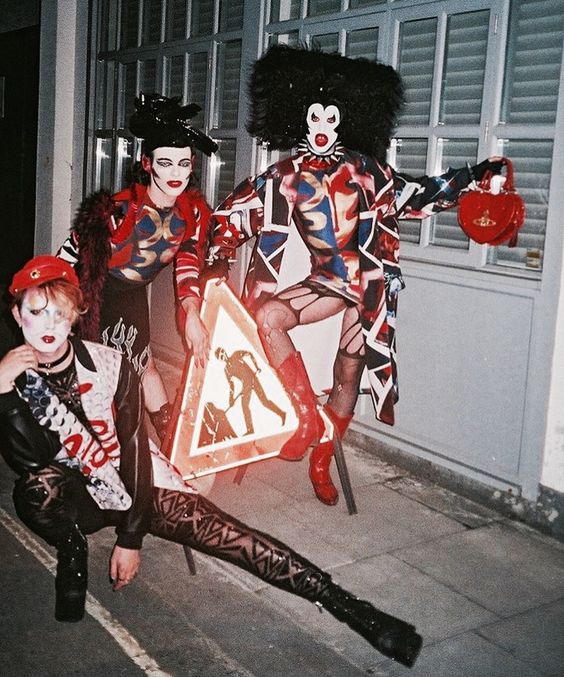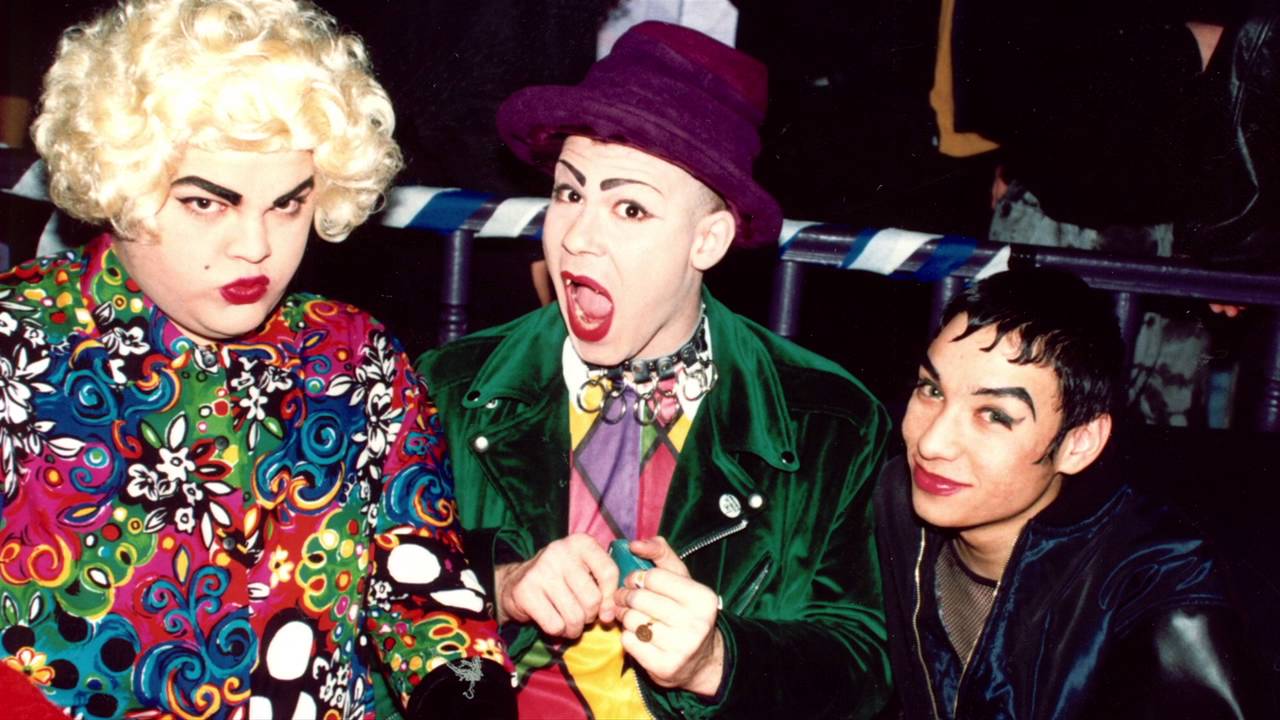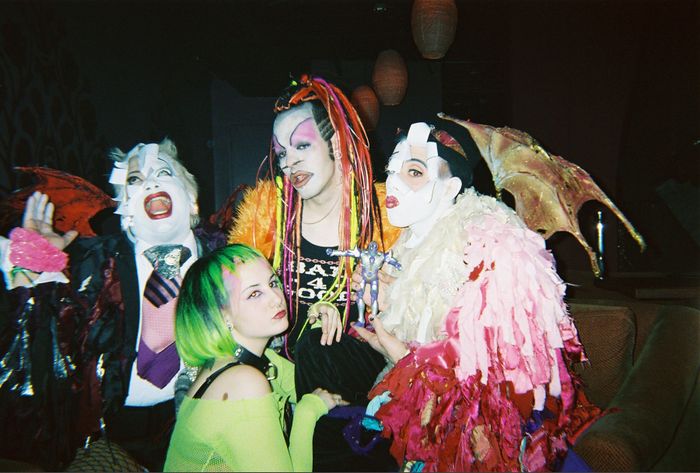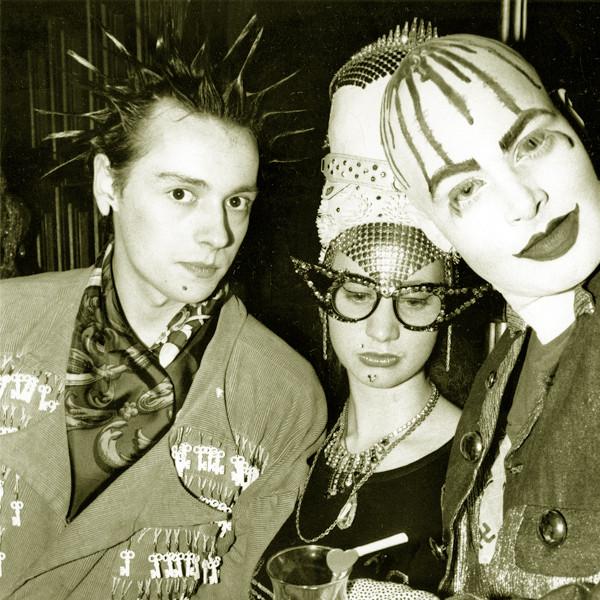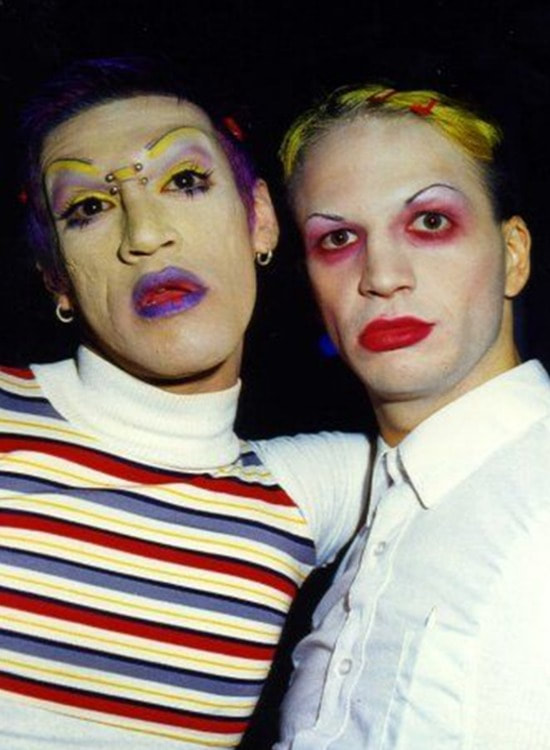|
This weeks lecture was looking into subcultures throughout history, and the impact that they have on common culture. It was extremely interesting to hear about the birth place of lots of the notions that are mainstream in the current day, and that such self expression was frowned upon. I specifically found the Beats very enticing as they were one of the first queer voices exposed to the public. Blog Task.What is a subculture? A subculture is group in society that commonly share values and interests, specifically in being anti-conformist. The idea of a subculture is completely against the mainstream by displaying deviance and resistance of what is expected in society. Examples of such expectations are: defined gender roles; compliance to standardised work days and ethics, and actively participating in capitalism. 'Subcultures do not consist of formal leadership, formal membership, or any explicit organizational structure' (Haenfler, 2014). Instead, subcultures are formed through informal participation and membership, and therefore are fluid in what embodies them. Due to this fluidity, they can sometimes be indistinguishable from mainstream society. Often, those involved in subcultures can be seen as 'obsessive' by the mainstream, however, subculturists view it as natural. This is because of the relation and sense of self identification that can be found for them within these groups. It is unifying for those involved, giving them a safe space to feel seen and heard by those around them. Club Kids.The Club Kid culture was present within the 80s and 90s, birthed amongst the nightlife in New York City. It was a celebration of queer culture and expression, and therefore was predominately made up of members of the LGBTQ+ community. Notable names within the Club Kid scene were: Amanda Lepore, Richie Rich, and Michael Alig.
https://www.dailymail.co.uk/news/article-4851054/Where-New-York-s-Club-Kids-80s-90s-now.html
0 Comments
Leave a Reply. |
|



